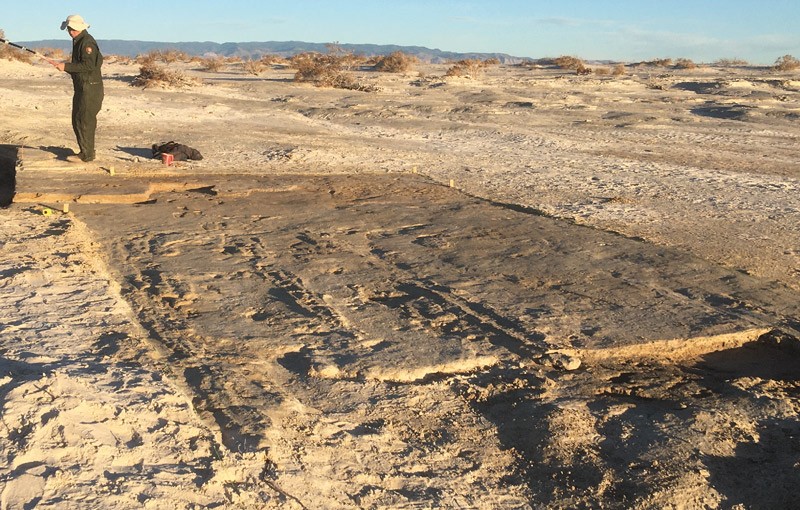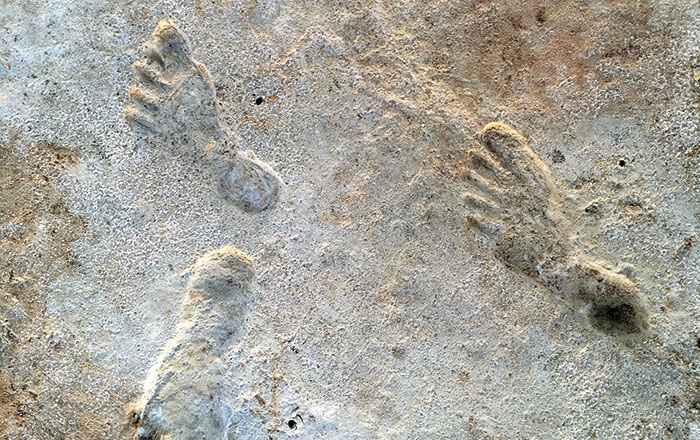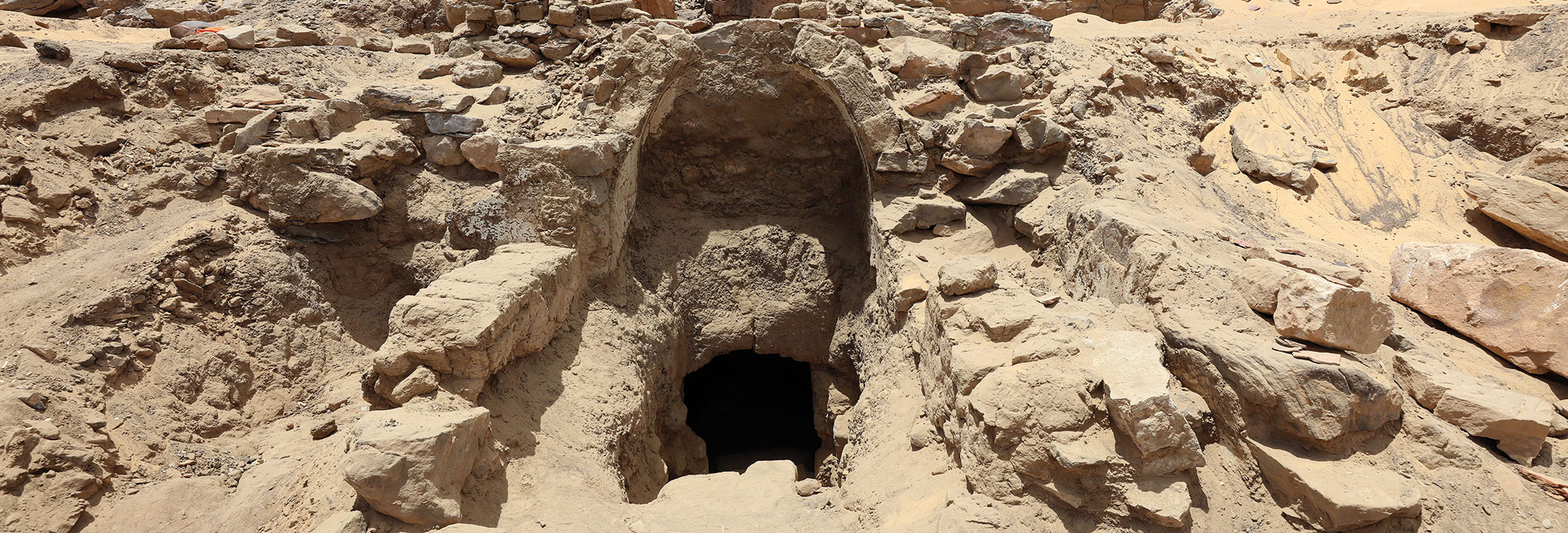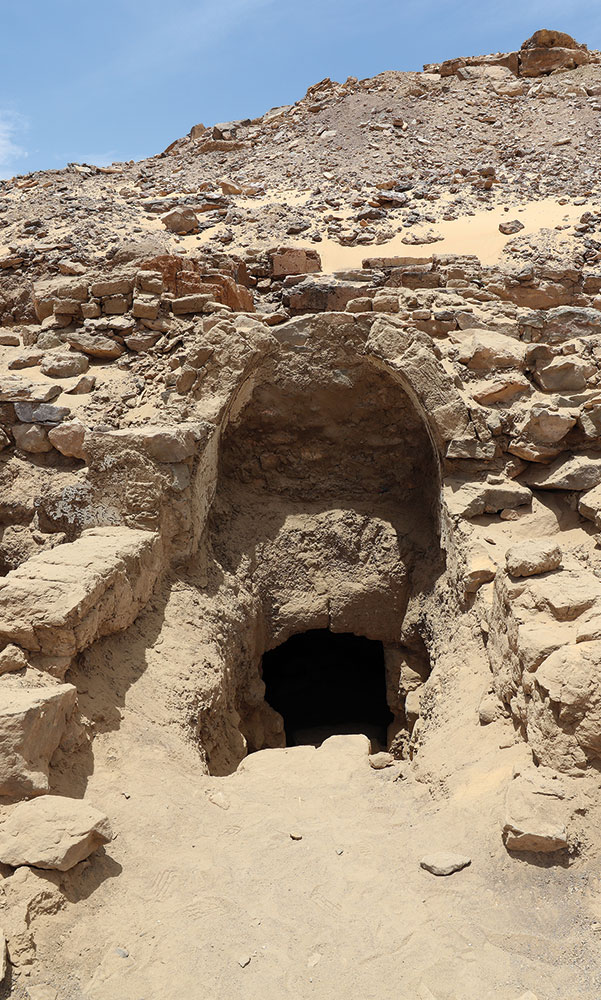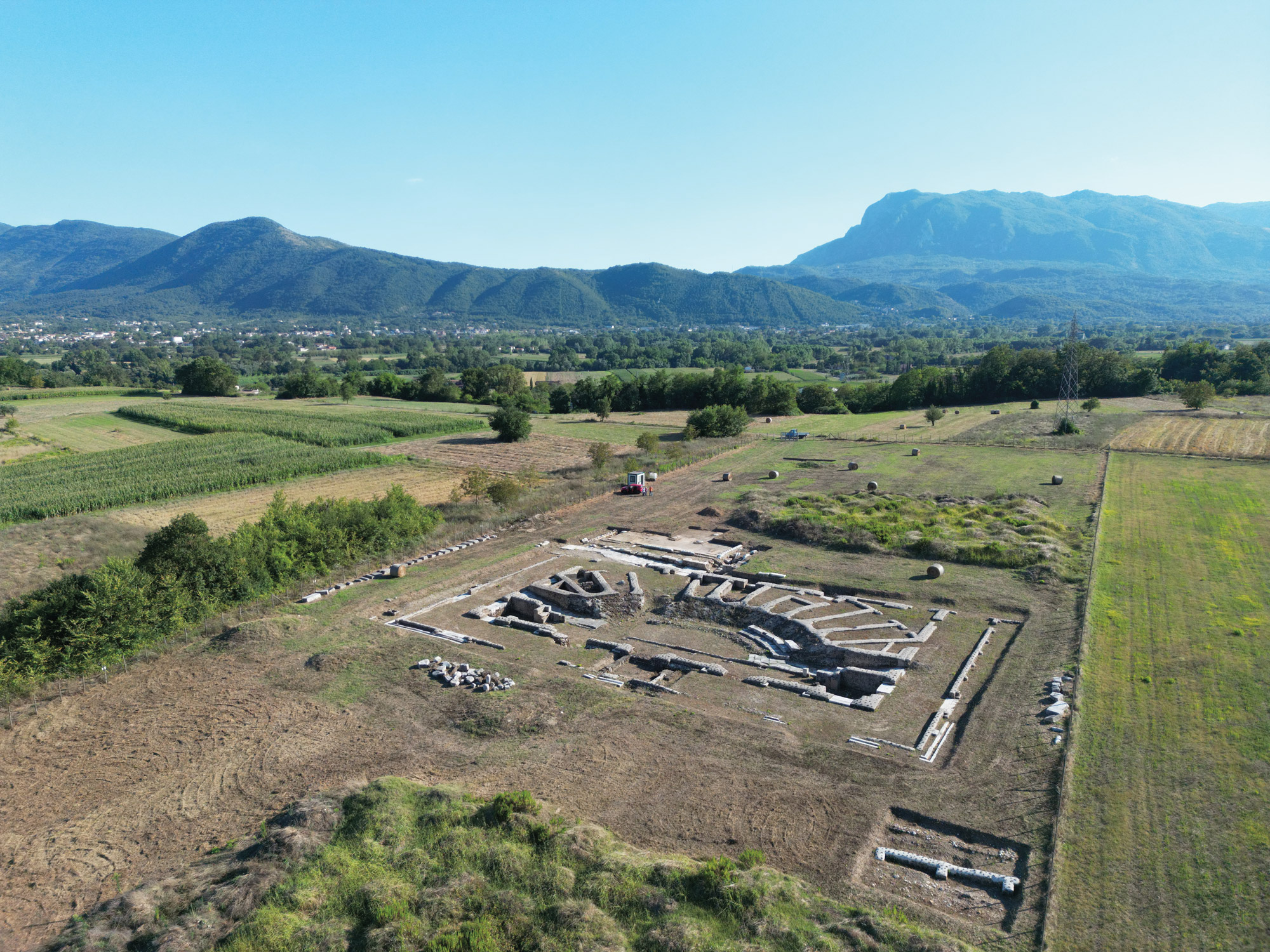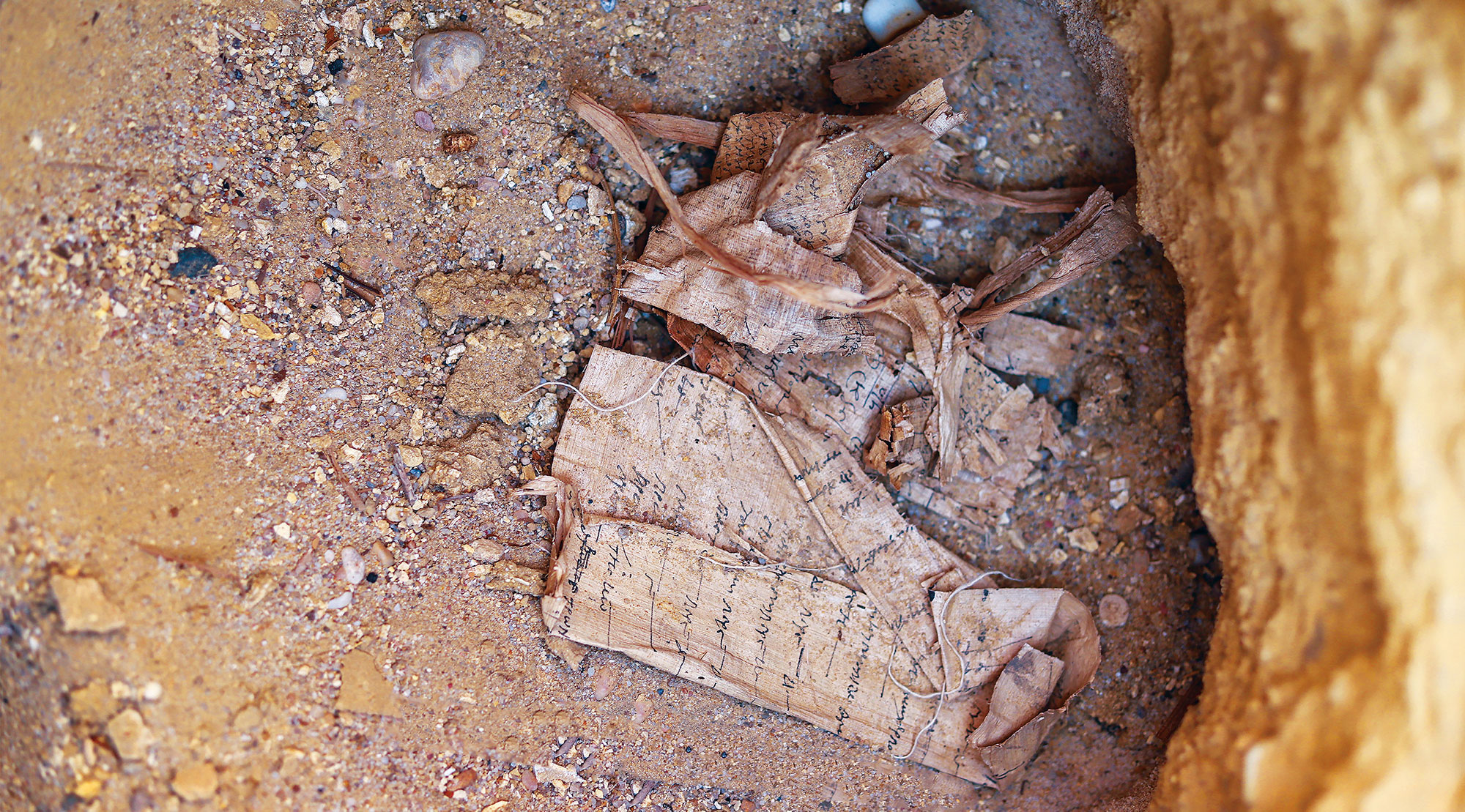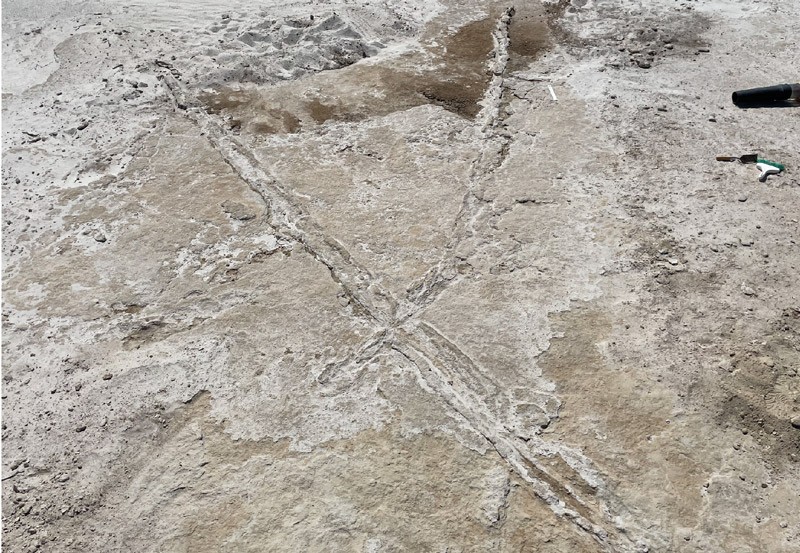
WHITE SANDS, NEW MEXICO—According to a statement released by Bournemouth University, researchers have identified track marks of the earliest known handcarts at White Sands National Park, where archaeologists have previously identified fossilized human footprints dating back 22,000 years. Close to these human steps, there are series of long linear lines imprinted in the dried mud that extend as far as 150 feet. Experts believe these impressions are actually drag marks left behind by long wooden poles that had been configured into a type of makeshift vehicle or wheelbarrow, but long before the advent of the wheel. “We know that our earliest ancestors must have used some form of transport to carry their possessions as they migrated around the world, but evidence in the form of wooden vehicles has rotted away,” said Matthew Bennett of Bournemouth University. “These drag-marks give us the first indication of how they moved heavy and bulky loads around before wheeled vehicles existed.” Read the original scholarly article about this research in Quaternary Science Advances. To read more about the human and animal prints uncovered at the site, go to "Ghost Tracks of White Sands."


